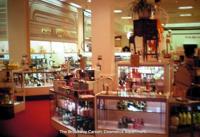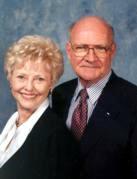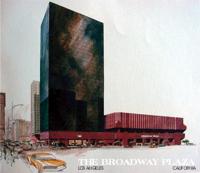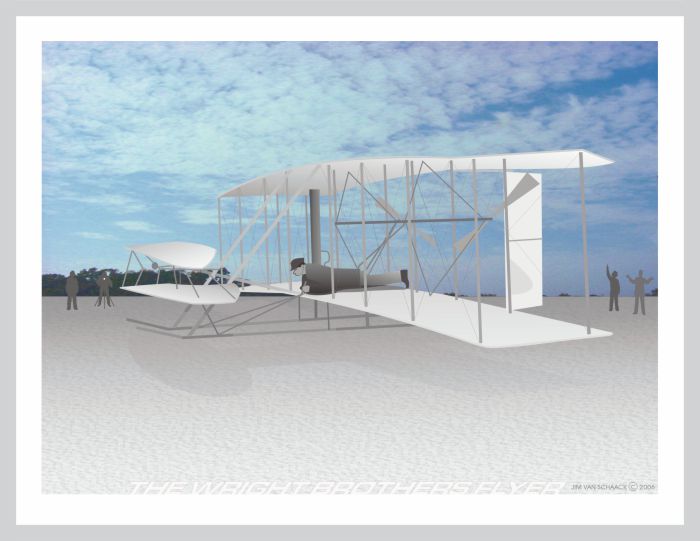
Pre World War 1 Aircraft: The Wright Brother’s Flyer
Several people have claimed to have flown powered aircraft before the Wright Brothers, it is thought that their flight in the aircraft (The Wright Flyer) was the first powered flight of a heavier-than-air aircraft. In fact in November 1905 Wilbur Wright flew the Wright Flyer II a distance of three miles near Dayton, Ohio.
Orville and Wilbur Wright, the two American brothers who were inventors, and aviation pioneers were credited with inventing and building the world’s first successful airplane. Most importantly, they made the first controlled, powered and sustained heavier-than-air human flight on December 17, 1903. The brothers developed their flying machine into the first practical fixed-wing aircraft between 1905 and 1907. The brothers were not the first to build and fly experimental aircraft, but they were the first to invent aircraft controls that made the miracle of fixed-wing powered flight possible.

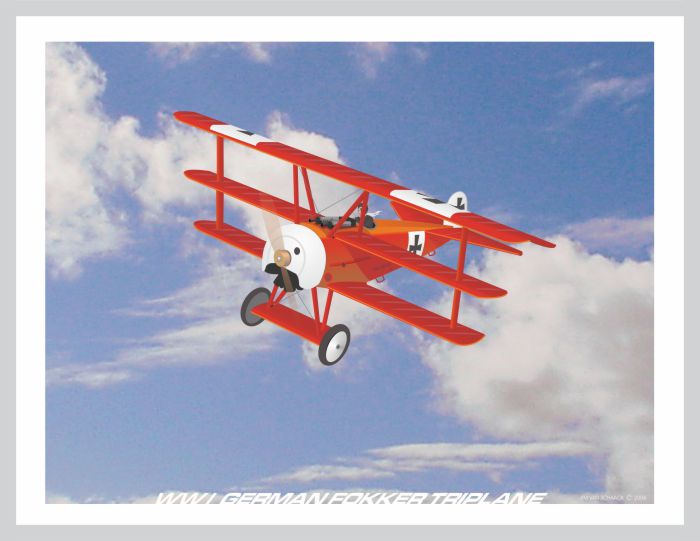
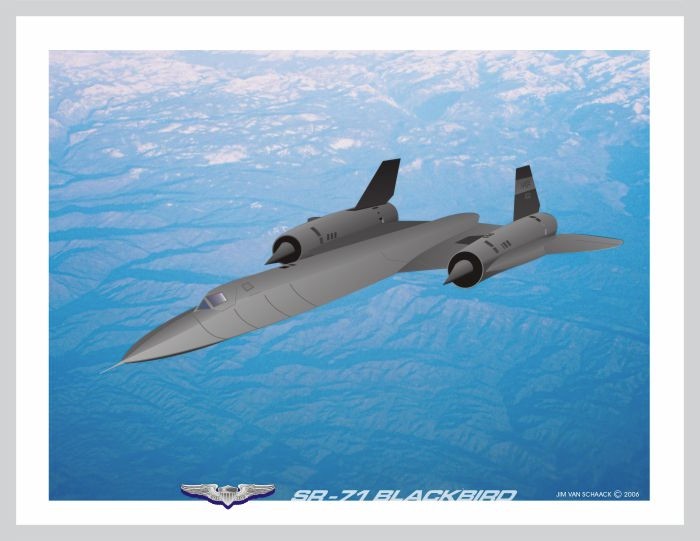

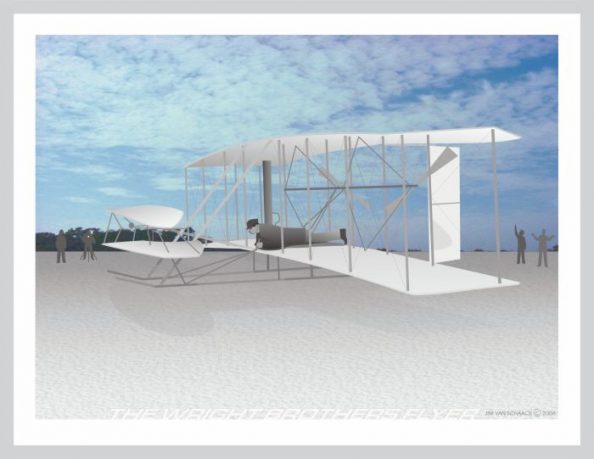

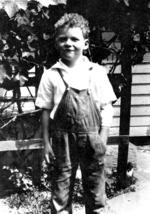 Jim Van Schaack was born on August 17, 1928 and raised in Los Angeles. He was there during the heyday of Hollywood. As a child, Jim spent countless hours watching movie making in the back lots of Hollywood, and on the streets of Los Angeles. In those days the whole town was a movie location. As the years passed, age took its toll on Hollywood. One landmark after another quietly disappeared. Jim decided to produce a series of digital drawings, a picture, of each remaining landmark, showing it, when possible, as it appeared in its prime. Since beginning the project, Van Schaack decided to create a drawing of some additional landmarks outside of Hollywood and some that have disappeared, including the drawings in this series that are or were contained within the general area of Los Angeles, California, where Hollywood is located.
Jim Van Schaack was born on August 17, 1928 and raised in Los Angeles. He was there during the heyday of Hollywood. As a child, Jim spent countless hours watching movie making in the back lots of Hollywood, and on the streets of Los Angeles. In those days the whole town was a movie location. As the years passed, age took its toll on Hollywood. One landmark after another quietly disappeared. Jim decided to produce a series of digital drawings, a picture, of each remaining landmark, showing it, when possible, as it appeared in its prime. Since beginning the project, Van Schaack decided to create a drawing of some additional landmarks outside of Hollywood and some that have disappeared, including the drawings in this series that are or were contained within the general area of Los Angeles, California, where Hollywood is located.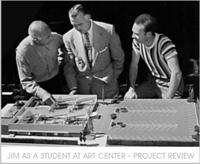
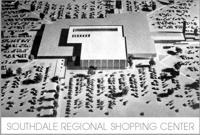
 In 1958 he established James Van Schaack Industrial Design in Sherman Oaks, California, offering architectural, graphics, and product design to his clients, including Sterling Milk, Erie, PA., May Company, City of Paris, J. M. Mc Donald’s Stores, Hastings Nebraska, and Quinns Nutrition Centers, Los Angeles.
In 1958 he established James Van Schaack Industrial Design in Sherman Oaks, California, offering architectural, graphics, and product design to his clients, including Sterling Milk, Erie, PA., May Company, City of Paris, J. M. Mc Donald’s Stores, Hastings Nebraska, and Quinns Nutrition Centers, Los Angeles.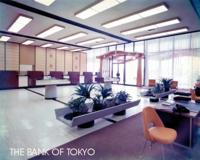 In 1962 Sterling Leach, Ron Cleveland and Jim Van Schaack formed a corporation called Leach-Cleveland-Van Schaack, Inc. with Jim as President. This firm specialized in retail design, shopping centers and retail stores in Southern California including Ventura, Santa Barbara, Huntington Beach, Fresno. During this time Jim designed three award winning stores: Gelson’s, North Hollywood, Shoppers, Woodland Hills and Pantry Market, Arcadia, California, He also designed two banks, The Bank of Tokyo and the regional head office of Bank of America, Santa Barbara, California.
In 1962 Sterling Leach, Ron Cleveland and Jim Van Schaack formed a corporation called Leach-Cleveland-Van Schaack, Inc. with Jim as President. This firm specialized in retail design, shopping centers and retail stores in Southern California including Ventura, Santa Barbara, Huntington Beach, Fresno. During this time Jim designed three award winning stores: Gelson’s, North Hollywood, Shoppers, Woodland Hills and Pantry Market, Arcadia, California, He also designed two banks, The Bank of Tokyo and the regional head office of Bank of America, Santa Barbara, California.